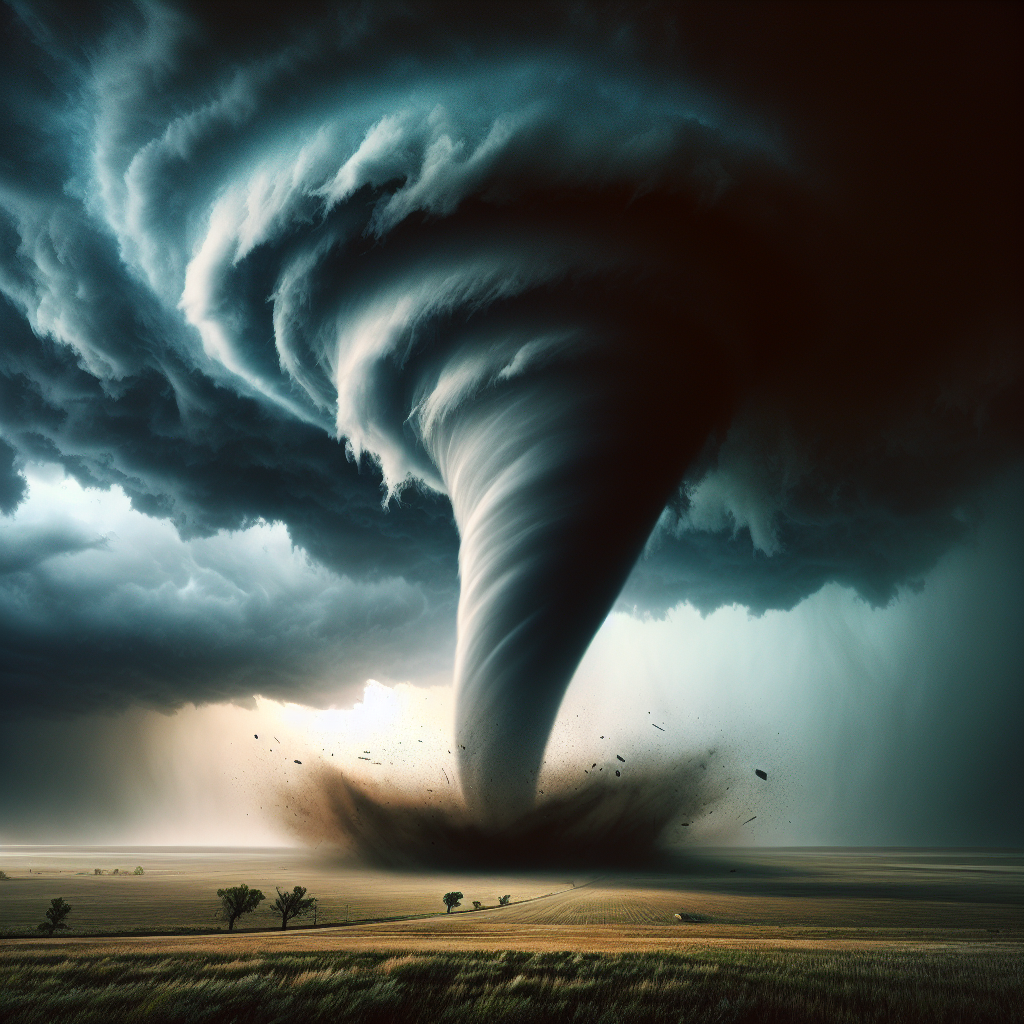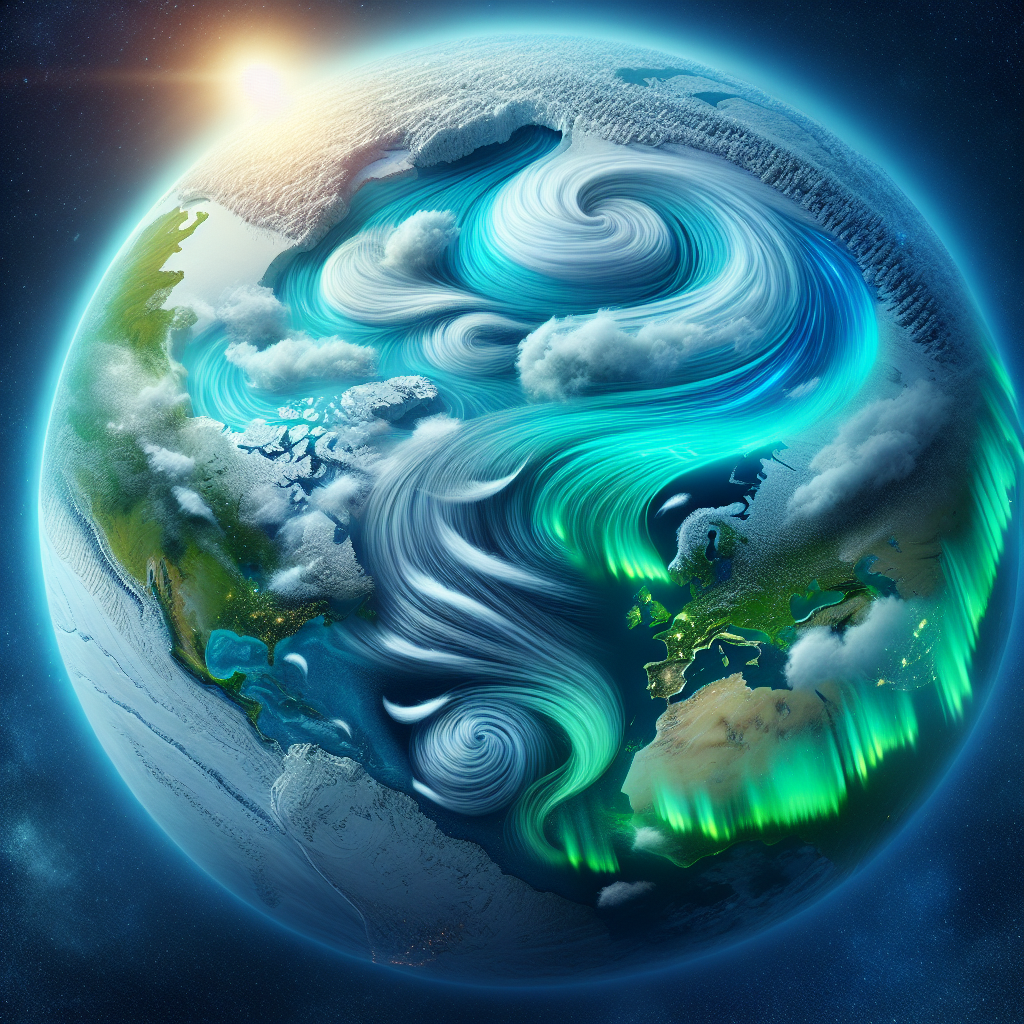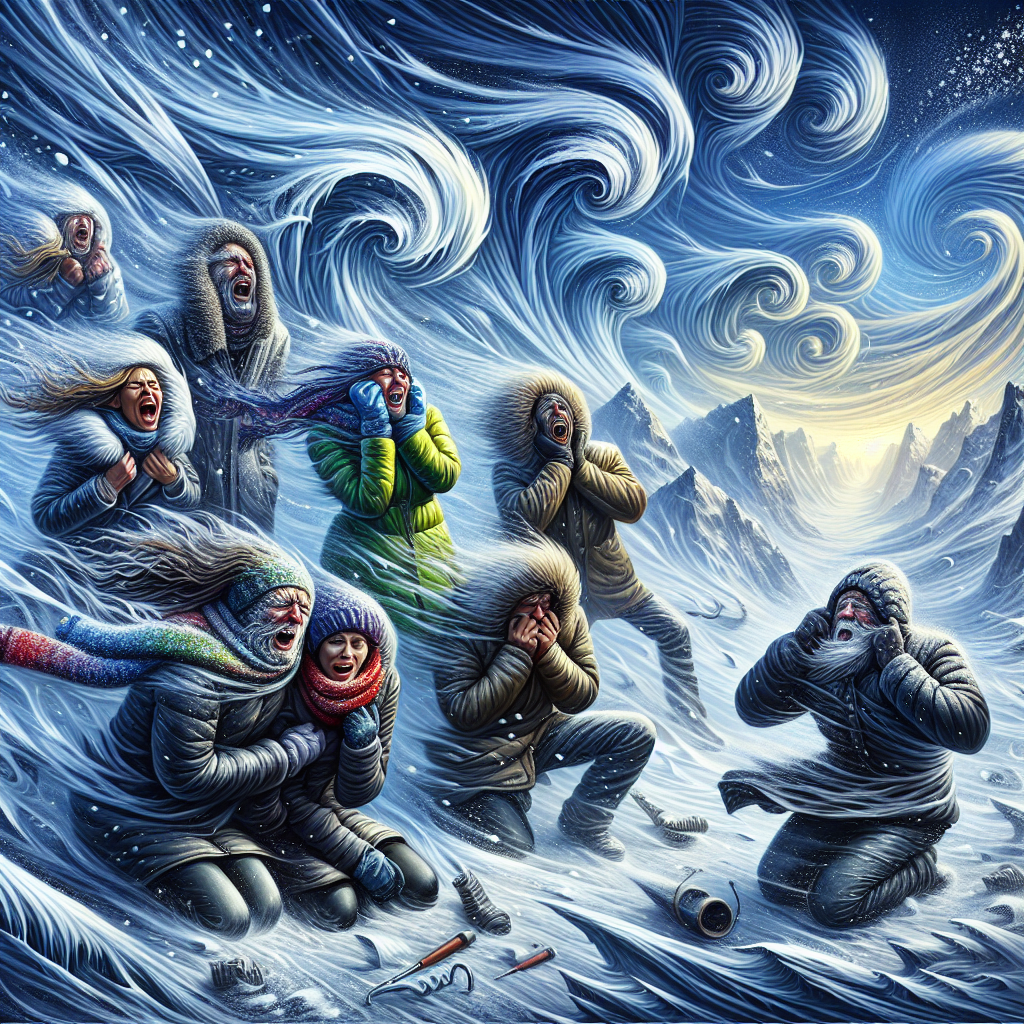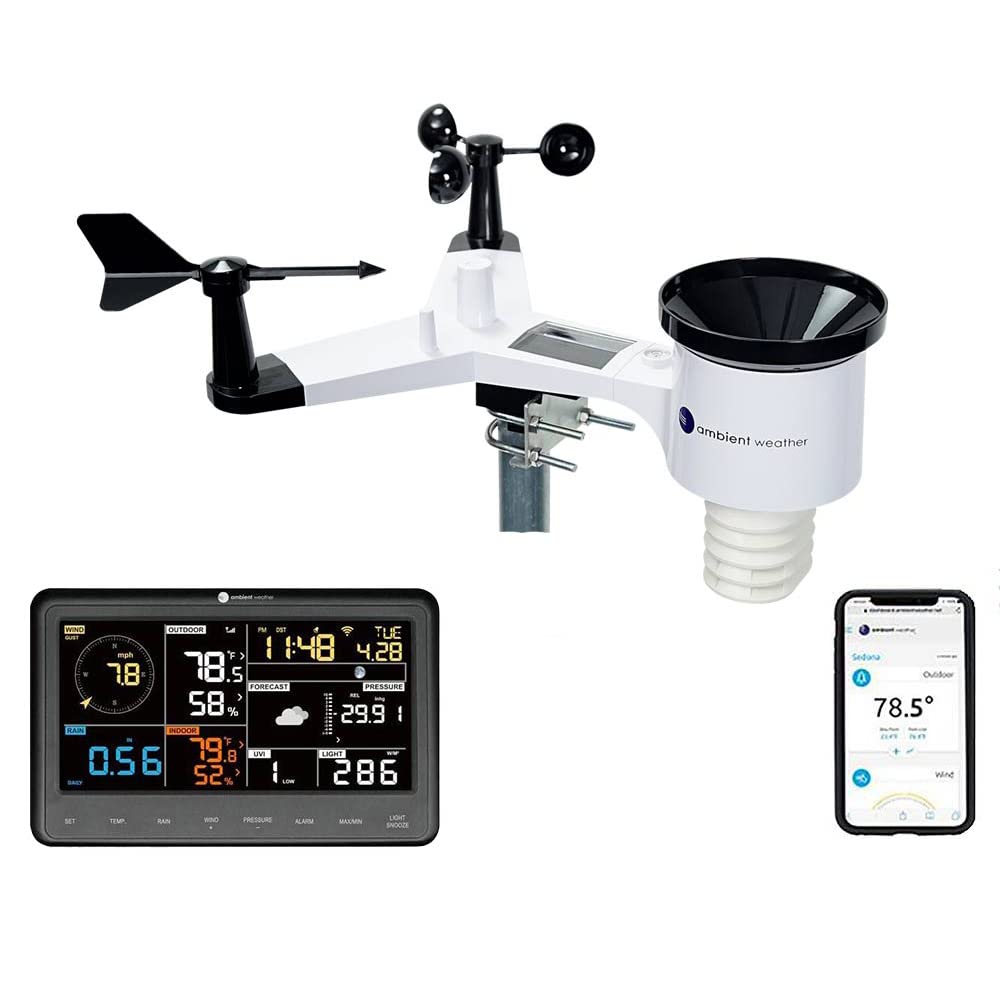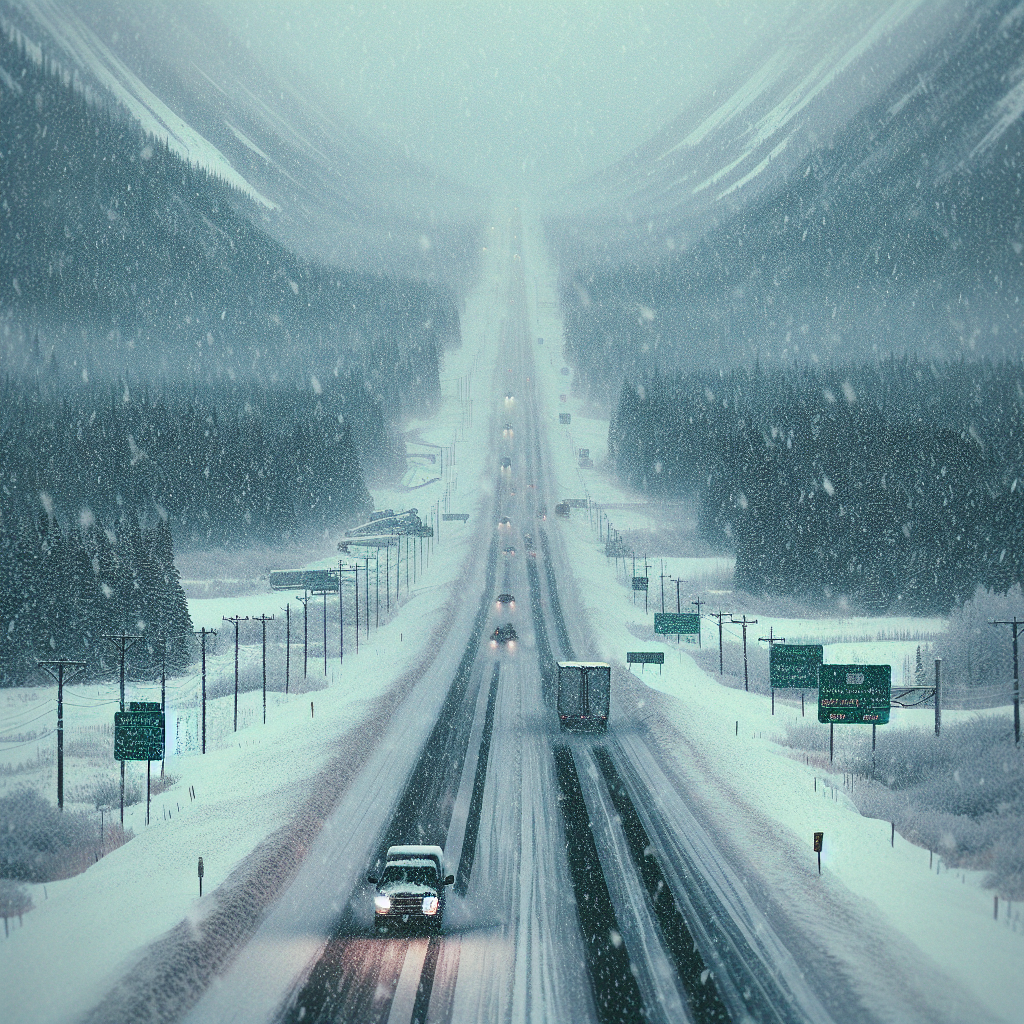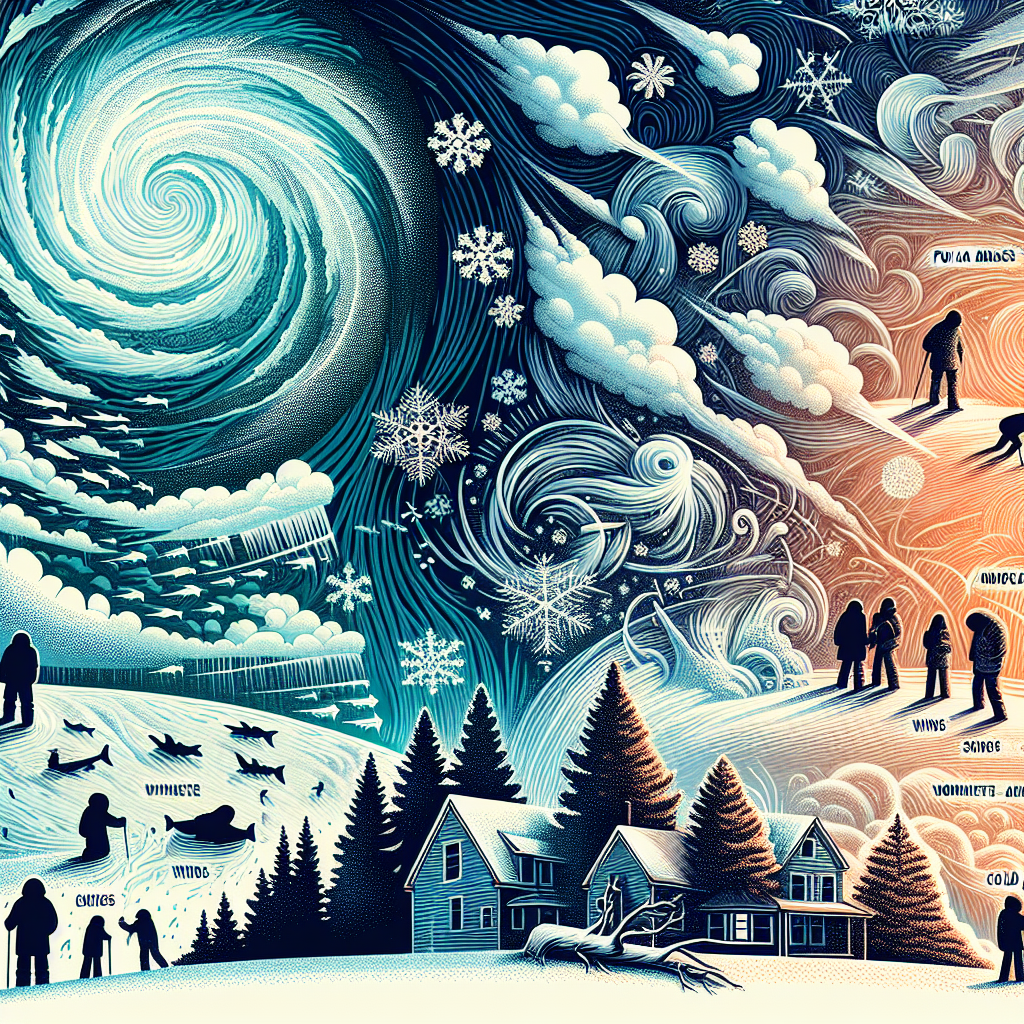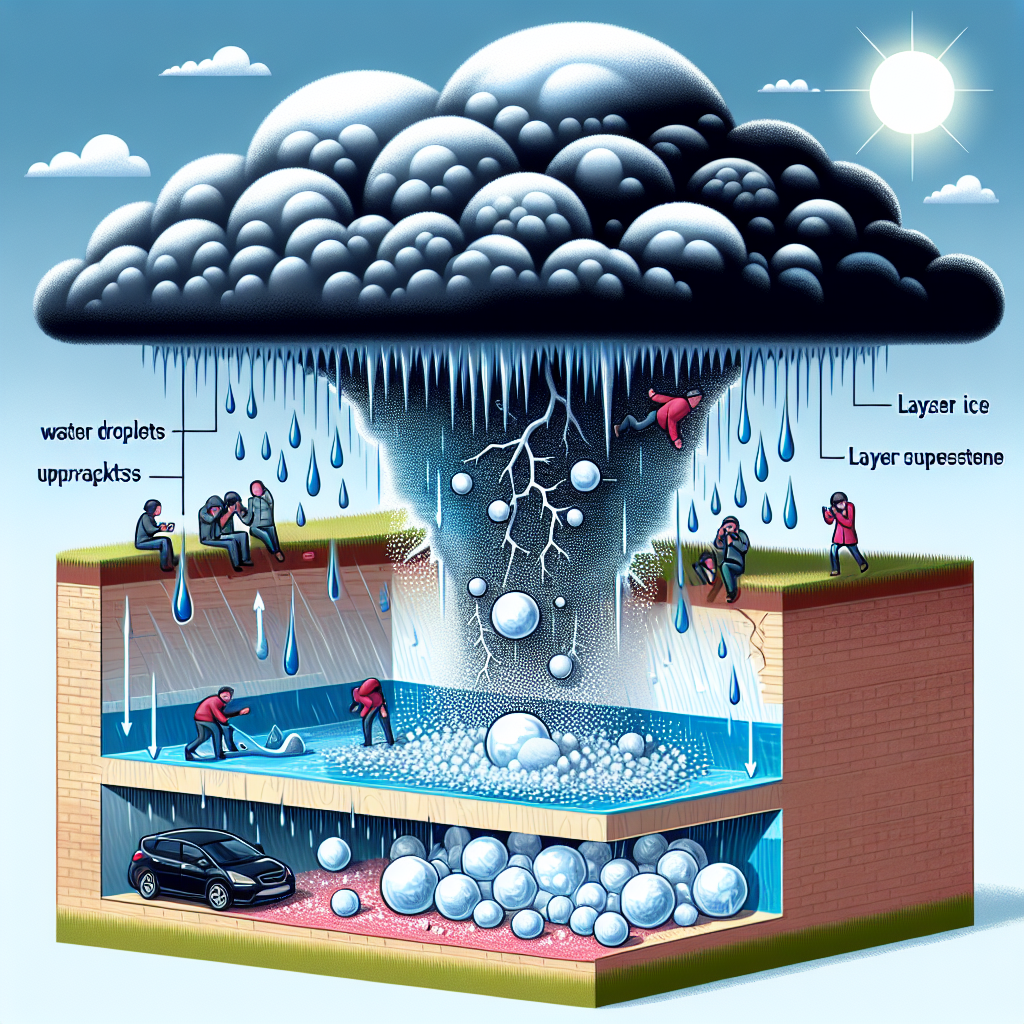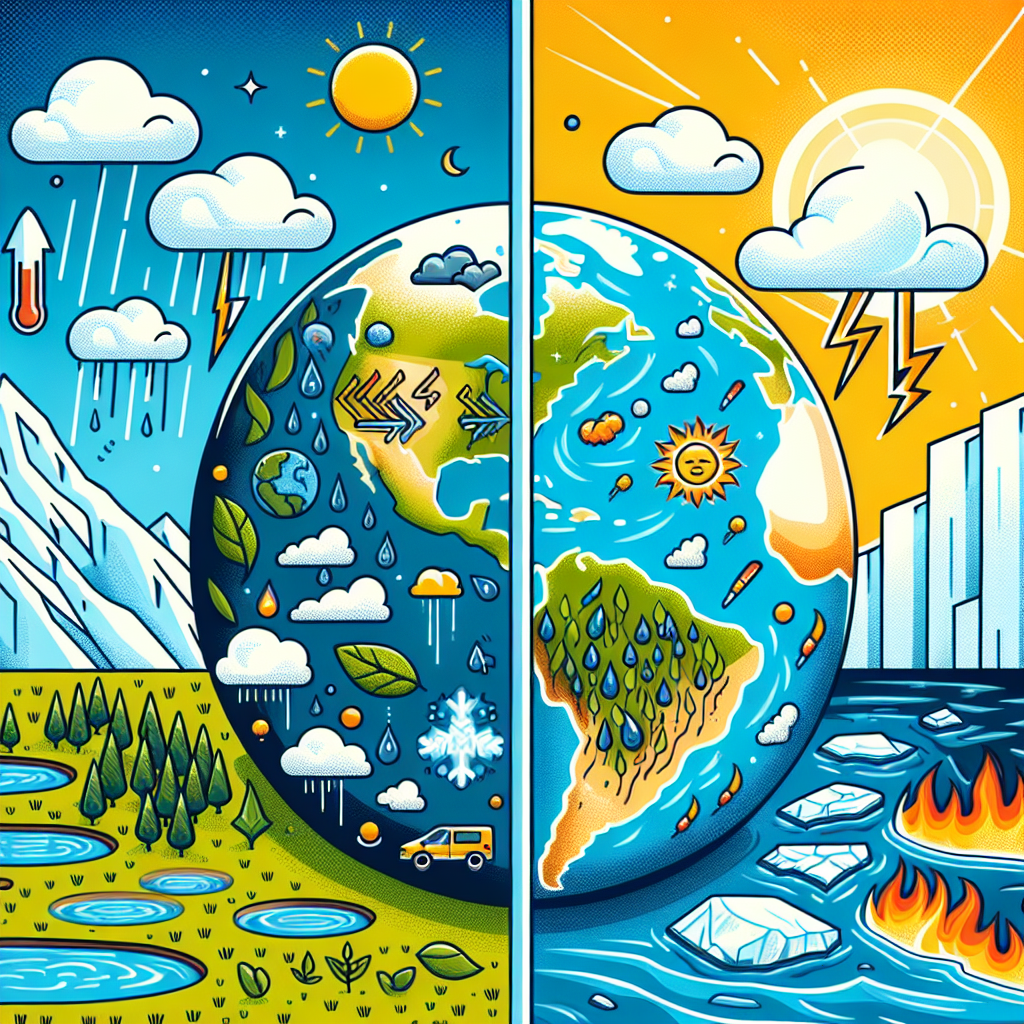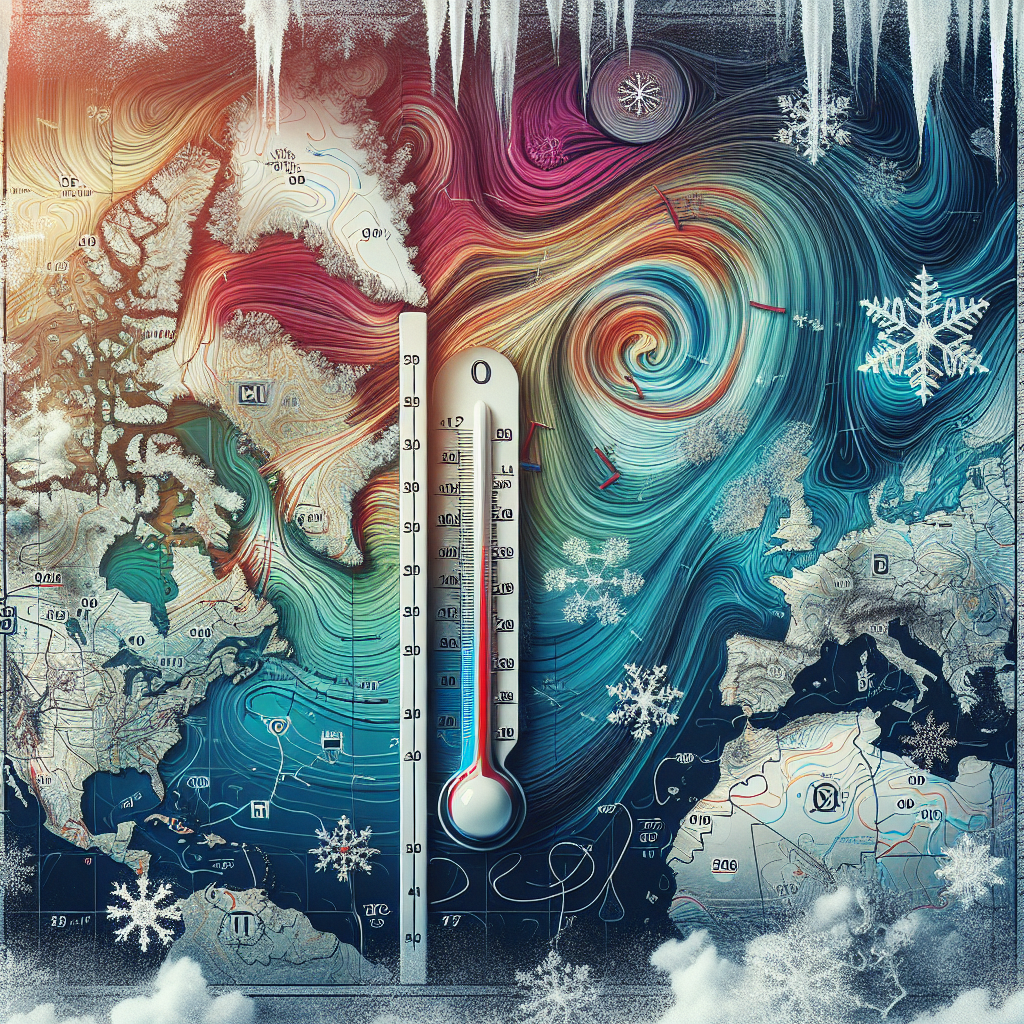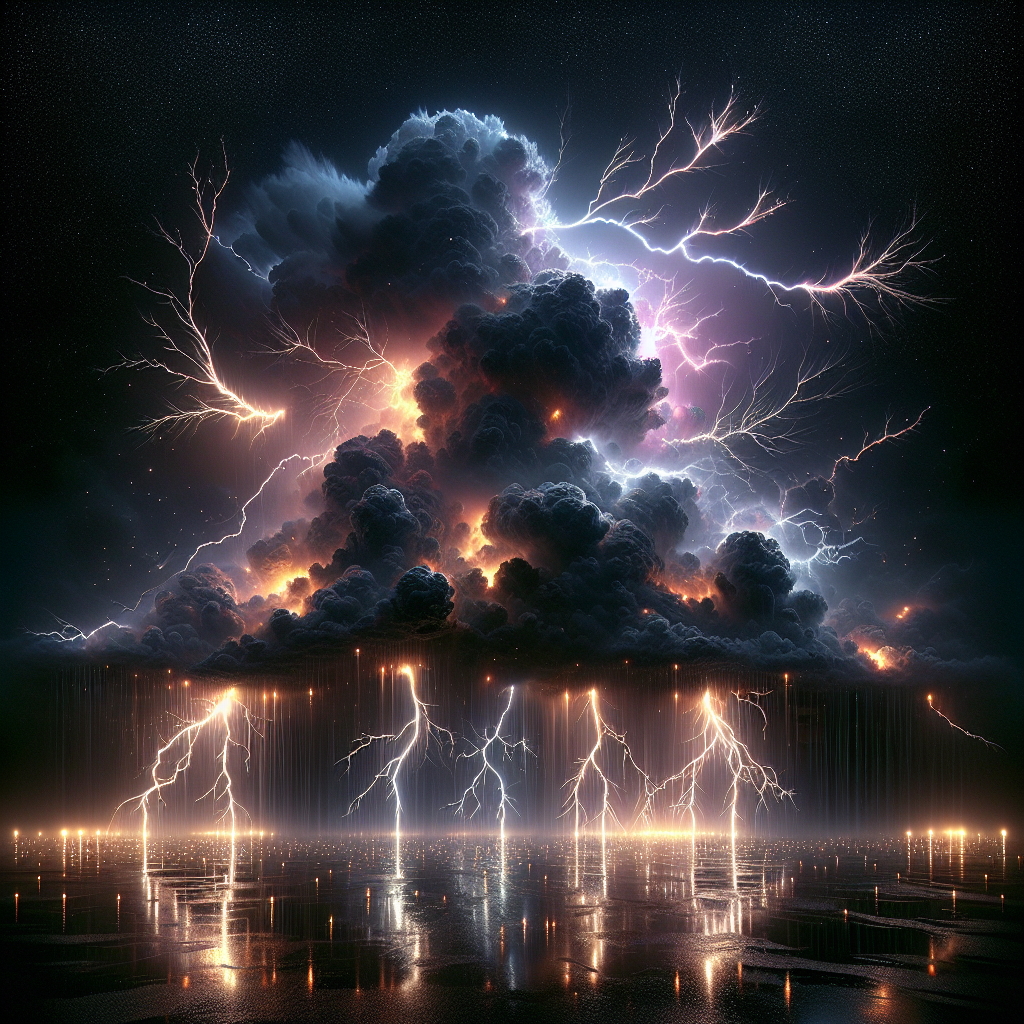Fog is a natural meteorological phenomenon that occurs when water droplets and ice crystals become suspended in the atmosphere, resulting in reduced visibility. Characterized by a thick cloud that forms at or near ground level, fog can create mesmerizing landscapes, transform familiar surroundings, and impact daily life in various ways. Understanding the science behind fog, its types, formation processes, and its effects on transportation and health is essential for both enthusiasts and professionals.
What is Fog?
Fog consists of tiny water droplets that are suspended in the air, reducing visibility to less than 1,000 meters (approximately 3,280 feet). It forms when the air becomes saturated with moisture and the temperature drops to the dew point, causing condensation. Specifically, when air cools to its dew point temperature, it can no longer hold all the moisture in vapor form, leading to water droplets forming around atmospheric particles, such as dust or pollution. These droplets coalesce, resulting in the thick, visible mist that characterizes fog.
Types of Fog
Fog is classified into several types, each with distinct formation conditions:
Radiation Fog: Formed on clear nights when the ground cools rapidly, leading to cooling of the air immediately above it. This type is common in valleys and low-lying areas.
Advection Fog: Occurs when warm, moist air moves over a cooler surface, leading to condensation. Coastal areas frequently experience this type, especially when warm air from the ocean moves inland.
Upslope Fog: Created when moist air is forced to rise over a geographical barrier, cooling and condensing along the way. This fog is often found on mountain slopes.
Evaporation Fog: Also known as steam fog, it arises when cold air moves over warmer water, causing moisture to evaporate and then condense into fog. Commonly observed over lakes and rivers.
Valley Fog: A subtype of radiation fog that settles in low-lying areas, trap moisture, and can linger for extended periods.
Conditions Favoring Fog Formation
Several meteorological conditions can lead to fog formation:
- Humidity Levels: High relative humidity is a crucial factor since fog requires air to be saturated with moisture.
- Temperature Inversions: Occurs when a layer of warm air traps cooler air at the surface, leading to fog conditions.
- Cooling Mechanisms: Various processes, such as radiation cooling at night or advection over cooler surfaces, contribute to fog.
Seasonal and Geographical Variability
Fog is not uniformly distributed across the globe. Certain regions experience more frequent and dense fog due to specific geographical and climatic conditions. Areas such as San Francisco, California, with its coastal climate, and London, England, known for its historical fog, are prominent examples. Seasonal variations also play a significant role, with fog commonly found in autumn and winter when temperature differences are pronounced.
The Role of Fog in Ecosystems
Fog has a critical role in various ecosystems, particularly in arid and semi-arid regions. It provides moisture to plants and animals that may not receive sufficient rainfall. For example, coastal redwood trees have adapted to capture moisture from fog, which contributes to their survival in otherwise dry conditions. Fog drip, wherein condensed water drips off vegetation, sustains ground moisture, supporting the entire ecosystem.
Fog and Transportation
Fog can significantly impact transportation by reducing visibility, resulting in increased risks on roadways and at airports. Drivers are cautioned to slow down and use low-beam headlights during foggy conditions to enhance visibility without causing glare. Aviation is heavily affected by fog, leading to delays and requiring specific instrument landing systems to ensure safe landings.
Fog and Health
While fog can lead to beautiful landscapes and support ecosystems, it can also have adverse health effects. For instance, fog can trap pollutants close to the ground, contributing to poor air quality and respiratory issues. People with pre-existing health conditions may experience exacerbated symptoms during foggy weather. Additionally, moisture from fog can promote the growth of mold and mildew, further impacting indoor air quality.
Cultural and Historical Significance of Fog
Fog has long inspired artists, poets, and writers, serving as a metaphor for mystery and the unknown. In literature and art, it creates atmospheres of suspense or tranquility, as seen in works ranging from gothic novels to impressionist paintings. The cultural significance of fog extends to folklore, where many legends and traditions celebrate its ethereal beauty.
Scientific Research on Fog
Researchers study fog for various reasons, ranging from climate science to aviation safety. The study of fog patterns and behaviors aids in predicting weather conditions and can enhance models for climate change. For instance, understanding how global warming affects local fog patterns can provide insights into the future availability of water resources, especially in arid regions.
Conclusion
Fog is a multi-faceted phenomenon intertwined with natural beauty, science, and human experience. Its formation processes are influenced by atmospheric conditions, making it both a captivating and complex subject. Awareness of fog can enhance safety, foster appreciation for nature, and inspire further exploration into the planet’s atmospheric mysteries. Understanding fog is paramount for appreciating its beauty and acknowledging its implications on health, transportation, and ecology. As climate change continues to shape our world, studying fog may also yield important insights into our future climate patterns and water resources.

